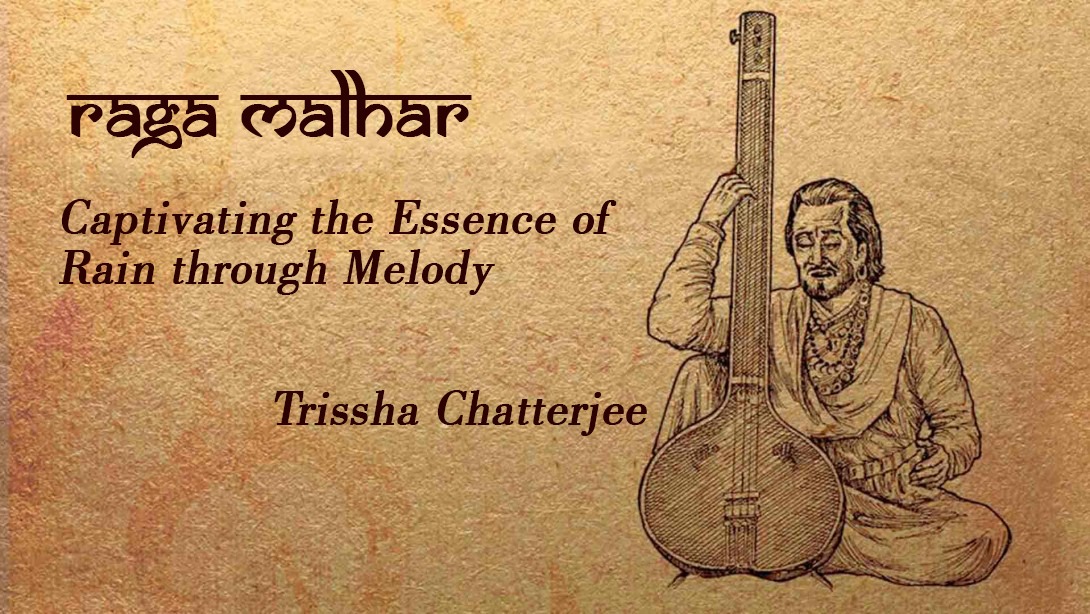Raga Malhar: Captivating the Essence of Rain through Melody
In the enchanting realm of Indian classical music, few ragas are as evocative and emotive as Raga Malhar. This musical masterpiece is deeply intertwined with the monsoon season, reflecting the joy, drama, and rejuvenation brought about by the rains. With a history as rich and varied as the melodies it produces, Raga Malhar is a testament to the profound connection between music and the natural world.
The origins of Raga Malhar can be traced back centuries, with legends and anecdotes weaving a tapestry of its creation. One popular narrative attributes the raga’s inception to the mythical musician Tansen, one of the “Navaratnas” (nine jewels) of Emperor Akbar’s court. The story goes that Tansen’s rendition of Raga Deepak (also known as Megh Malhar) caused such a rise in temperature that it brought flames to life. In a bid to quell the fire, Tansen then performed Raga Megh Malhar’s counterpart – Raga Miyan ki Malhar – which invoked rain and extinguished the flames.
Raga Malhar’s connection to the monsoon season is unmistakable in its melodic structure. The raga is characterized by its use of pentatonic scales, with variations that shift to evoke different types of rain. The deep, yearning notes of Megh Malhar mirror the steady drizzle, while Miyan ki Malhar captures the essence of heavy downpours. The transitions within the raga create a musical narrative that emulates the transformation of the environment during the monsoons.
The emotive power of Raga Malhar lies not only in its tonal structure but also in the emotions it stirs within the listener. The music carries a palpable sense of anticipation, gradually building up to a crescendo that mirrors the excitement preceding a rainstorm. As the melody unfolds, one can almost visualize the dark clouds gathering in the sky, the gentle rustling of leaves, and the first drops of rain touching the earth. It’s a vivid and multisensory experience that showcases the ability of music to transcend the auditory realm.
Throughout history, Raga Malhar has captured the imagination of musicians, composers, and artists alike. It has found its place not only in traditional Indian classical music but also in various forms of artistic expression. Renowned composers such as Tansen, Amir Khusro, and more recently, Pandit Jasraj, have composed mesmerizing renditions of this raga. Its influence has extended beyond music, inspiring paintings, poetry, and dance performances that seek to capture the essence of the monsoons.
While Raga Malhar is closely associated with the monsoons, its allure extends far beyond the rainy season. Musicians often perform it to invoke the spirit of rain and the associated emotions even during dry spells. This ability to evoke a natural phenomenon through melody underscores the power of music to connect humans with the world around them in profound ways.
In a world where the pace of life continues to accelerate, Raga Malhar invites us to slow down and immerse ourselves in the beauty of the monsoon season. It serves as a reminder that amidst the chaos of everyday life, there are moments of serenity and wonder that can be found in the simplest of things, like raindrops falling on leaves or the earth being revitalized. Raga Malhar captures these moments and translates them into a melodic narrative that resonates with the human spirit.
In conclusion, Raga Malhar stands as a musical masterpiece that beautifully encapsulates the magic and emotion of the monsoon season. Its history, structure, and emotional depth make it a cherished gem in the world of Indian classical music. As we listen to the captivating strains of Raga Malhar, we are reminded of the deep connection between music, nature, and the human experience, and how something as intangible as melody can vividly paint the colors of rain.







There are no comments